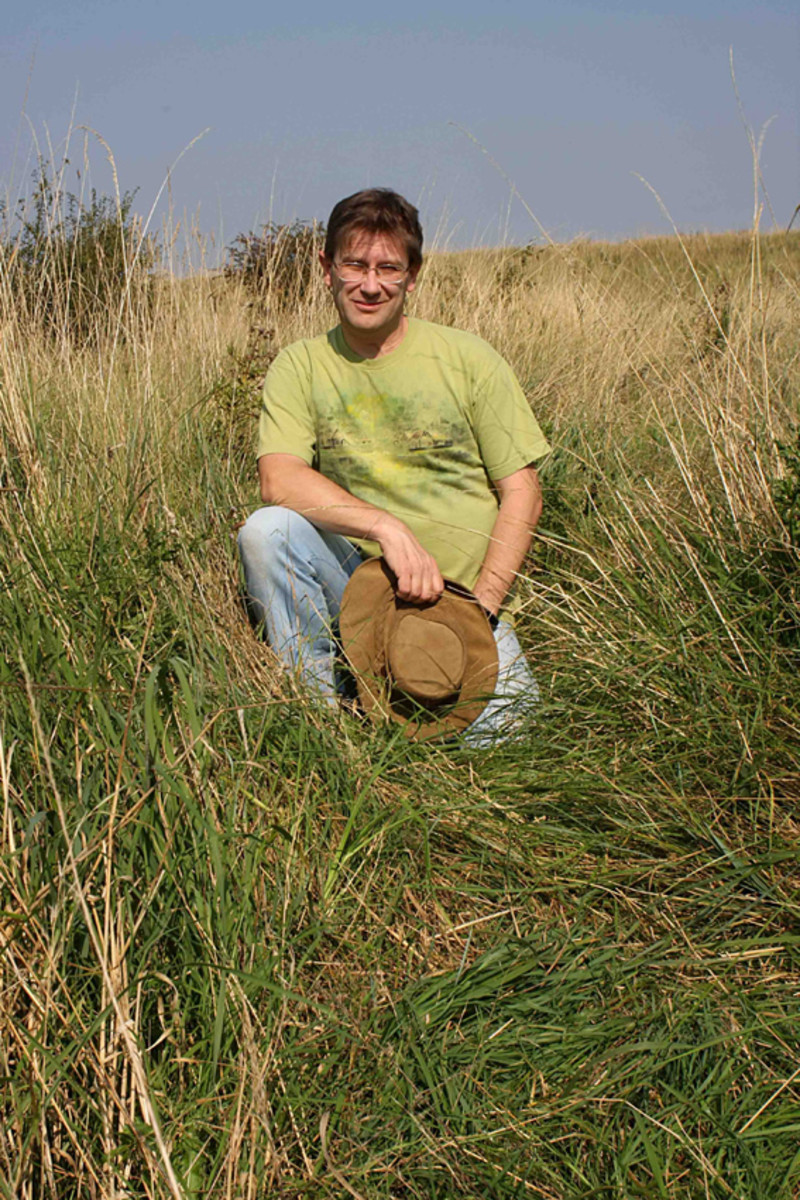What Is Defensive Driving? Safe Driving Techniques for Teenagers
According to the U.S. Census Bureau, there were approximately 10.8 million auto accidents in the United States in 2009 (the most recent statistics available as of 2012). The actual number may be even higher, since sometimes the parties involved decide not to report the accident to police or to their insurance companies, preferring to simply settle the matter themselves. (Not recommended…you should report all accidents to your insurance company.) Many of those accidents could have been avoided if the drivers involved had been more actively practicing defensive driving techniques.
Defensive driving is the practice of maintaining an awareness of road and weather conditions, other vehicles and pedestrians, and potentially hazardous situations…and then taking steps to prevent becoming the cause of – or becoming involved in – an accident.
Nobody who gets behind the wheel really expects to get in an accident on their way to wherever it is they’re going. They expect to simply drive from point A to point B without incident, and most of the time it all works out just fine. But if we were to actively anticipate and watch for the unexpected, could we significantly lower our chances of getting in an accident? Yes we could.
Expect The Unexpected
When I was a teenage driver, every time I’d go out my dad would tell me, “Drive safely, son, and expect the unexpected.” This advice helped me avoid more accidents than I can possibly keep track of. Thanks, Dad!
You don’t want to be paranoid and expect everyone around you to suddenly freak out and swerve right into you, but you do want to avoid being lulled into a false sense of security. Defensive driving is all about awareness and prevention. Expect the unexpected is now your defensive driving mantra.
EXAMPLE: Say you’re at a red light, about to make a right-hand turn, and there’s a car coming from your left. The driver has his right turn signal on and is slowing down to turn right, so that means he’s gonna turn, and it must be safe for you to pull out and make your own turn, right?
Expect the unexpected…sometimes drivers will change their minds at the last second, accelerate, and then continue going straight through the intersection. When that happens, you don’t want to be in his lane, or you’ll get creamed…and since he has a green light and you have a red light, guess who will be held liable for any damages and injuries?
So how do you learn more about defensive driving? There are actual classes you can take, and insurance companies will offer some drivers a discount for taking a certified driver safety course. It might be worth looking into.
But there are also truckloads of free defensive driving tips you can find online. Here are a few to get you started…
Ten Simple Defensive Driving Tips
1. Look Farther Up The Road. Don’t just watch the car directly in front of you, but check out what’s going on a mile ahead, too. See all those brake lights coming on way up there? Something’s up…
2. Make Necessary Lane Changes Way Ahead Of Time. Sudden, hurried lane changes cause accidents, so get in the lane you need to be in about a mile before your turn or off-ramp.
3. Don’t Make Unnecessary Lane Changes. Just pick a lane and stay in it for a while. You’ll catch up to everybody at the next red light.
4. What’s The Speed Limit Right Now? If you’re not consciously looking for those speed limit signs, you might not even think about how fast you’re going until there’s a flashing blue light in your rear-view mirror.
5. Maintain A 3-Second To 5-Second Following Distance. If something happens to the car ahead of you, or there’s a hazard in your lane, you’ll need more than a second or two to react.
6. Bicycles Are Everywhere. Don’t just check for cars when turning into and out of driveways, or when making turns. Watch out for bikes, too…they’re sneaky.
7. Don’t Drive Angry. DON’T DRIVE ANGRY!!! Getting in an accident won’t make your day get any better. Take some deep breaths, put on some quiet music, and drive safely.
8. Try To Avoid Following Big Trucks. You can’t see what’s happening up ahead if there’s a giant truck right in front of you. Plus, their massive tires often kick up pieces of debris, and launch them right into your windshield.
9. Drive Slower In Rain And Darkness. Fact: you simply cannot see as well when visibility is limited. And if the roads are wet or icy, you’ll need more time and space to slow down and stop.
10. Other Cars Don’t Just Stop For Nothing. If everyone in the lane next to you is stopped, don’t just zoom past them in your lane. They may be stopped for a pedestrian in a crosswalk or a hazard up ahead that you can’t see yet. If the other guys are hitting the brakes, then something’s going on, so be alert.
NEXT: How To Park Like A Pro
Disclaimer
This article is for information purposes and should not be interpreted as a recommendation to buy any insurance product, or to provide financial or legal advice. Articles on this website are copyrighted material and cannot be reproduced in any form without the author's written permission.








